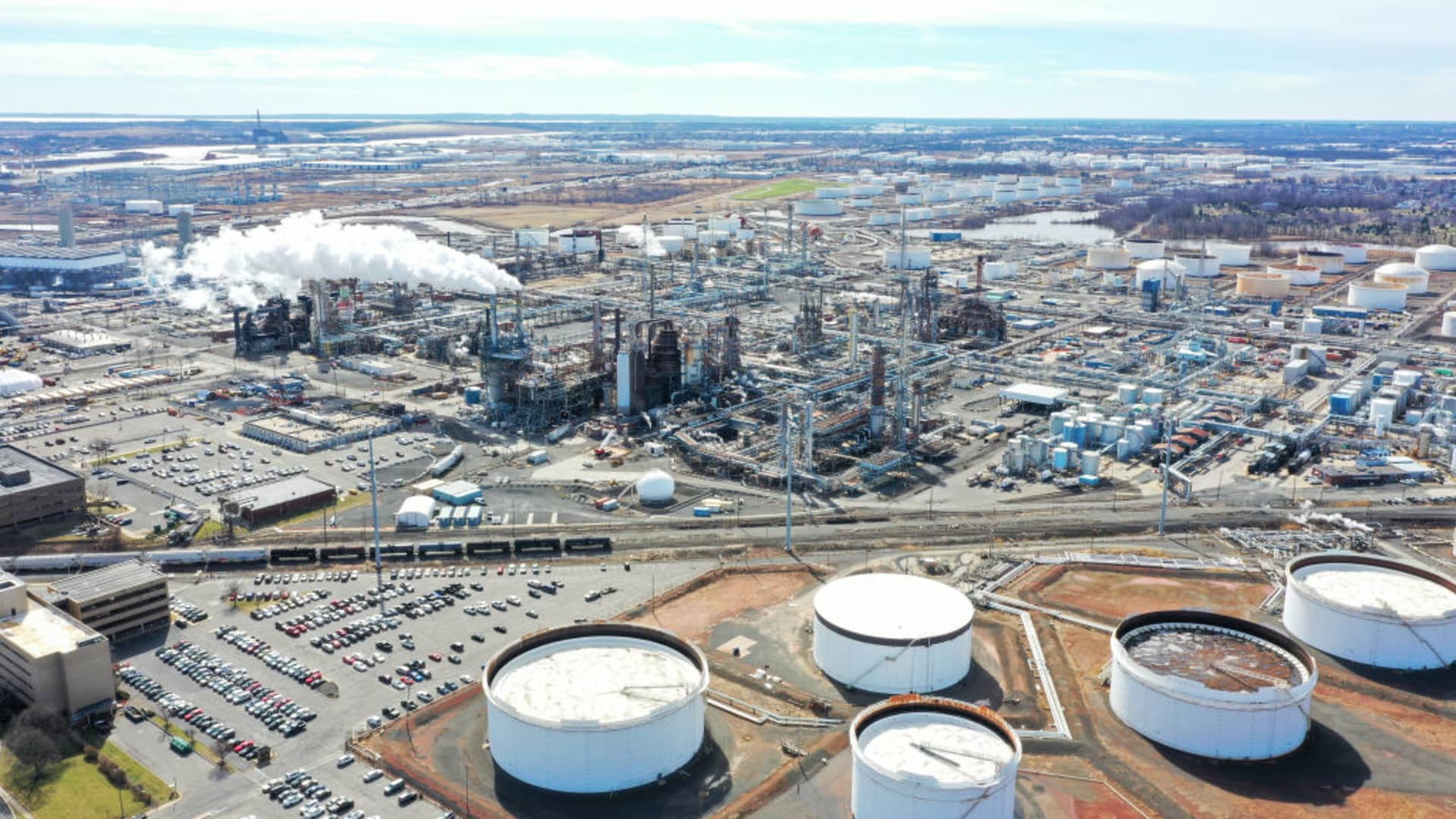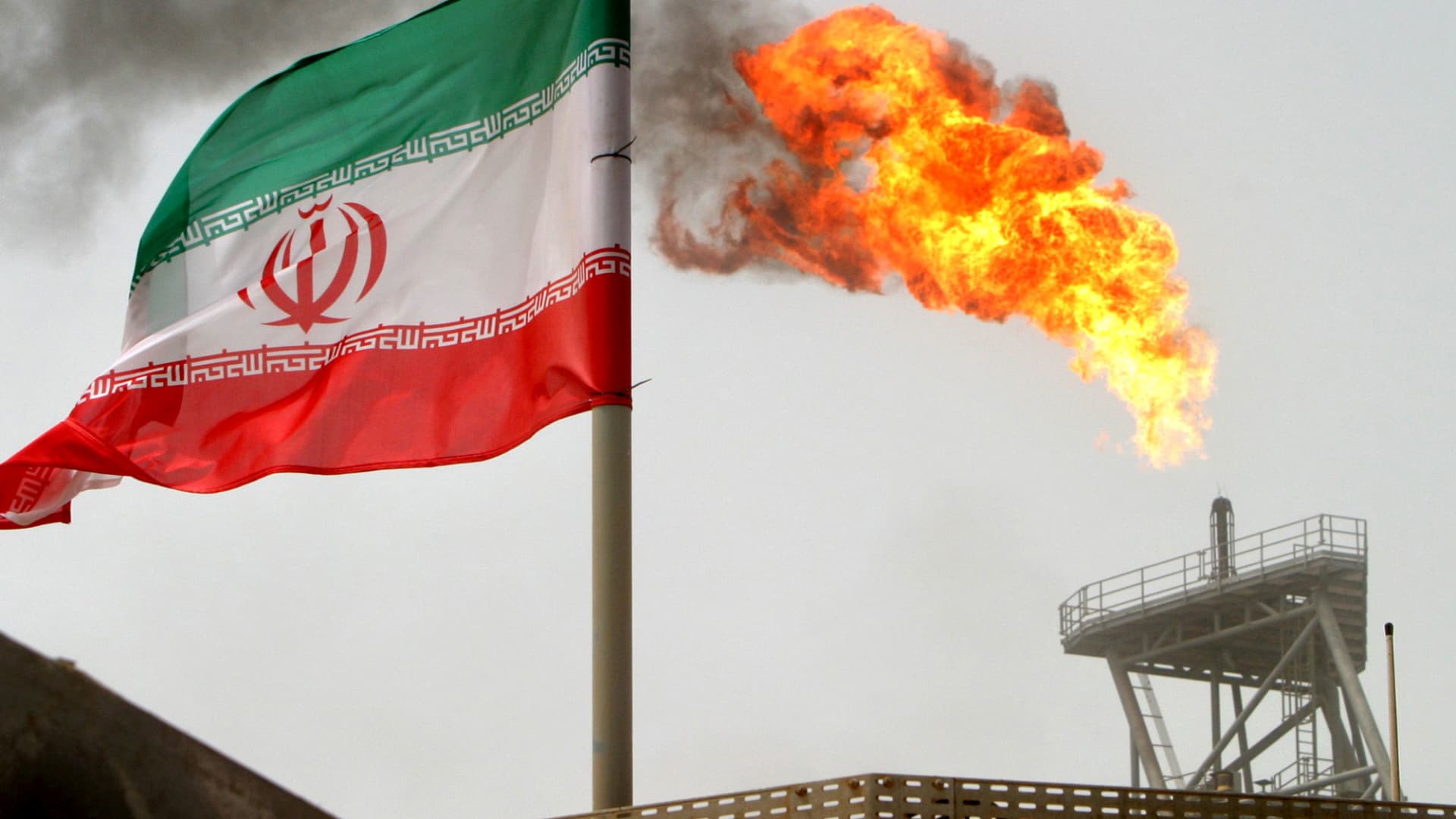U.S. crude oil fell into a bear market this week and could head lower as China ‘haunts the market’


U.S. crude oil prices entered a bear market this week, down 22% from September highs as traders wrangle over whether the spiral is driven by market fundamentals or just speculation. The West Texas Intermediate contrac t for December sold off rapidly Thursday, dropping nearly 5% for the day to settle at $72.90 a barrel, nearly $21 below U.S. crude’ Sept. 27 close of $93.68. And the global benchmark Brent crude contract for January threatened to tip into a bear market after settling at $77.42 a barrel Thursday, down nearly 20% from the September close of $96.55 a barrel. U.S. crude and the global benchmark each rose about 4% Friday in what Leo Mariani, senior research analyst at Roth MKM, described as a “dead cat bounce post speculator liquidation.” What truly drove the selloff this week is up for debate, with some analysts pointing to the role hedge funds are playing in the market while others say there is a more fundamental supply and demand issue at work. Phil Flynn, an oil market analyst with the Price Futures Group, said hedge funds have piled into short positions. “They have ahold of the market and are driving it lower,” he said. The bearish narrative is driven by worries that supply is increasing as demand threatens to slow in U.S. and particularly China if the world’s two largest economies dip into recession. China haunting the market U.S. crude inventories rose by 3.6 million barrels last week and the country’s production remained at a record 13.2 million barrels per day, according to the Energy Information Agency. Meanwhile, industrial output and manufacturing declined slightly in October due largely to the autoworkers’ strike. China has also reported some soft economic data in recent weeks. Beijing’s exports fell for the sixth month in a row in October, and refining throughput in the world’s second-largest economy slowed 2.8% suggesting domestic demand may be weakening. “This China weakness in particular has been haunting the market,” said John Kilduff, partner at Again Capital. There is still some “grind lower” in prices in store unless more positive data comes out of China, he said. Flynn said the bearish sentiment may be overblown. If prices keep falling, the U.S. will slip from record production because shale producers will have trouble making money and stop investing, he said. Distillate stocks are also tight heading into winter, which could create some upward pressure if the weather turns cold, Flynn said. But federal forecasters in the U.S. are predicting a warmer-than-average winter in the northern part of the country. Kilduff said it is game over if that turns out to be the case until the nation heads into summer driving season. Traders are now eyeing whether WTI’s 200-week moving average of $70 can provide support to prices moving forward, said Matt Maley, chief market strategist at Miller Tabak. Record production outside OPEC There is a long-term trend at play with supply and demand, according to Daniel Yergin, vice chairman of S & P Global. The world no longer needs to rely on the Organization of the Petroleum Exporting Countries to meet demand. The U.S., Canada, Brazil and Guyana are all producing at a rapid clip, he said. And the upward pressure on prices from China’s economic reopening after the pandemic will start to fade over time, Yergin said. “Demand next year will be more tender and you’re going to have this continual buildup of supply that really wasn’t anticipated a year ago,” he said on CNBC’s ” Squawk Box ” on Friday. UBS, for its part, believes the market is still undersupplied with oil inventories falling globally by 55 million barrels in October. Prices will remain volatile in the short-term, but Brent will recover to the $90 to $100 range, according to the bank. One of the more surprising aspects of the market right now is that oil has sold off at a time when there is a major war in the Middle East. Oil is $9 below where it was when the Israel-Hamas war started, demonstrating that there is no geopolitical fear premium built into prices right now, Yergin said. The bar for such premiums to last is high, and they tend to evaporate quickly when reality sets in and it becomes clear supplies are not being disrupted, Kilduff said. The key risk moving forward would be some sort of attack on oil infrastructure in the Persian Gulf, Yergin said. Some 21 million barrels of oil pass through the Strait of Hormuz per day. China would have the most to worry about in such a scenario, he said. OPEC is also holding a key meeting on Nov. 26, and it is an open question whether they will cut production more or wait and see where the market stands later in 2024, Yergin said. The group has blamed speculators for the recent selloff and insisted market fundamentals are strong with China demand healthy. Kilduff said record U.S. production, rather than speculators, is the real thorn in the side of OPEC and its allies: “I’ve been joking that the Saudis really can’t cut their way to prosperity here,” he said. —CNBC’s Pippa Stevens contributed to this report. This post has been syndicated from a third-party source. View the original article here.




